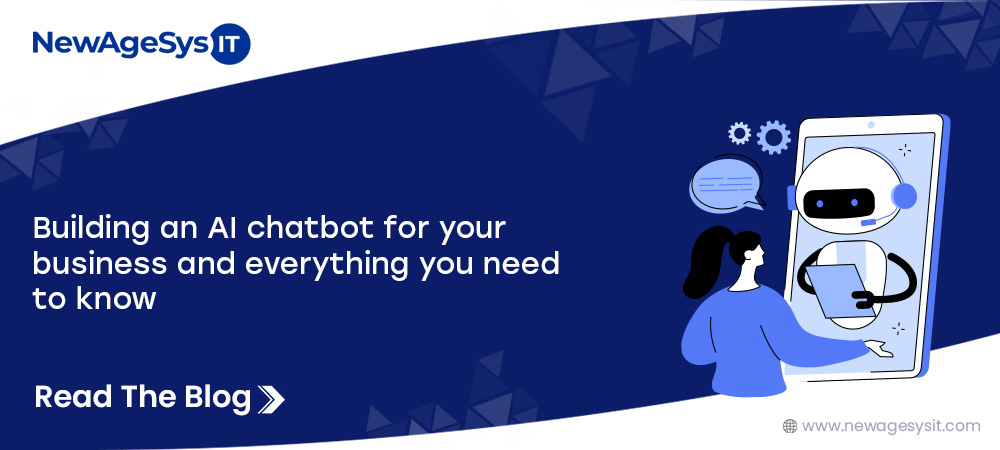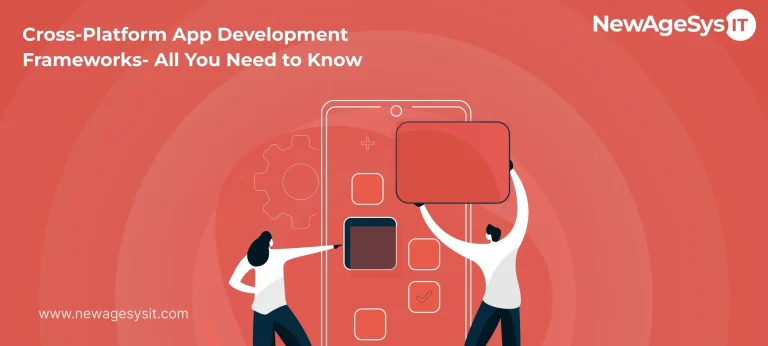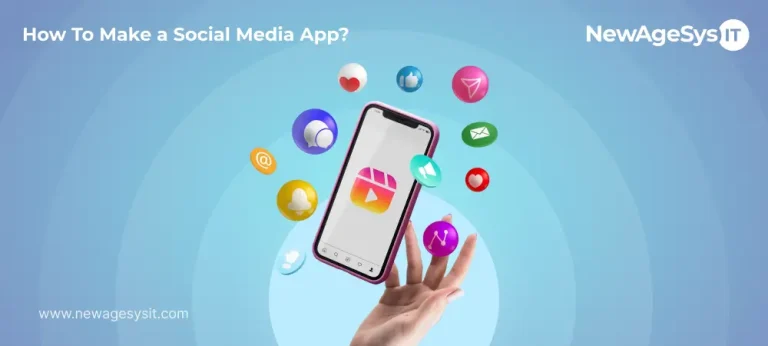Introduction
With everything going digital, AI chatbots for business are now a go-to for smoother customer service and smarter workflows. AI chatbots can hold real, intelligent conversations, letting businesses help more people with minimal investment.
From a developer’s view, making a chatbot work means syncing natural language understanding, a dialogue management system, and a natural language generation, making it sounds smart and responsive. For a chatbot to be truly useful, it needs to plug into existing tools and databases without friction, ensuring real-time and accurate responses.
We take a technical look at how AI chatbots are built for business, breaking down each stage of the process—from wireframes to workflows.
An Overview of How Chatbots Work
Using natural language processing and machine learning, AI development companies design intelligent chatbots that understand and respond like humans. Companies use chatbots in areas like customer support and data lookup to streamline tasks and reduce manual work.
Processing User Input
- Tokenization – This refers to how the chatbot breaks down your message into separate words or units for analysis.
- Part-of-speech tagging – Each token goes through a tagging process to determine its grammatical function in the sentence.
- Named entity recognition – The system identifies key details in the text, such as people’s names, times, and places.
- Dependency parsing – The structure of the sentence is examined to map the logical flow between its components.
Generating Responses
- Rule-Based Systems – The chatbot uses a set of built-in instructions to decide how it replies.
- Machine Learning Algorithms – Outputs are created through predictive models that have been learned from historical data.
- Hybrid Systems – The methodology incorporates structured rules with data-driven learning models.
- Deep Learning Models – Advanced architectures like transformers and RNNs decode and act on complex natural language inputs.
Maintaining Coherent Conversations
- Context Management – The chatbot remembers what’s been said, so it can respond appropriately as the chat moves forward.
- Intent Recognition – It breaks down the message to find out what the user really means.
- Dialogue Management – Logical sequencing is applied to keep the conversation coherent and free of gaps
Why Does Your Business Need an AI Chatbot?
Keeping up with today’s market means using digital tools that make internal processes smoother and customer experiences better. With a custom AI chatbot for business, companies can manage customer inquiries faster and more accurately using intelligent automation.
- 24*7 Availability – AI-driven chatbots rely on language processing and machine learning to answer questions instantly, anytime, anywhere.
- Affordability – With chatbots managing repetitive customer interactions, companies cut down on hiring needs and spend less on training support staff.
- Scalability – Built to manage many interactions at the same time, AI chatbots grow with your business—no extra hands or hardware needed.
- Personalization – AI chatbots use advanced pattern recognition to tailor responses based on each customer’s behavior and buying journey.
- Data Collection & Analysis – Each chatbot interaction is a data point, and when combined and analyzed using AI/ML Services, they turn into insights worth acting on.
Planning Your AI Chatbot
To build an AI chatbot that actually delivers value, a step-by-step strategy is essential—one that ties directly to business goals and customer needs. Developers lay a strong groundwork for deployment when they define goals, understand their users, and track tangible results. Below are key strategies for technical implementation.
Defining Objectives and Use Cases
Clarity in function is step one: Decide whether your chatbot will assist with support, pull real-time insights, or process transactions. Use case mapping should directly connect with workflows, such as responding to FAQs or escalating issues, guided by NLP or rule-based decision logic. The chatbot is built to handle concrete, technical challenges in AI applications, helping to reduce overhead and processing demands.
Identifying Your Target Audience
The process of understanding your audience starts by sorting users into categories using behavior data, feedback, and personal traits. An AI chatbot for business has to talk to other software. A chatbot for customers just has to talk like a human. Optimizing the system’s speech model and user interface for defined segments tightens communication and boosts engagement rates.
Setting Key Performance Indicators (KPIs)
Chatbot performance is measured by key metrics such as how accurately it understands user intent, how often users return within a month, and how much it reduces the need for human support. Integrate these with backend data tools that track system speed, error trends, and user experience feedback. Setting clear starting points and testing in cycles keeps the chatbot sharp and always improving.
Building Your AI Chatbot
Choosing the Right Platform or Tools
Building a powerful AI chatbot starts with one key decision: the tools and tech you use. You can go the hands-on route with TensorFlow or PyTorch to create NLP models, or take the quicker path using Dialogflow or Microsoft’s framework, which come equipped with solid APIs. Whatever solution you pick, it should scale on demand, support different platforms, and align with your infrastructure to keep performance and maintenance under control.
Designing the Conversation Flow
A chatbot with a clear, step-by-step flow keeps users engaged and helps them complete what they came for. This process means identifying user intents, tagging relevant entities, and designing dialogue paths with systems like Rasa NLU or finite state machines, then connecting inputs to outputs using logic flows like decision trees or probabilistic models. Building AI-powered chatbots with transformers or RNNs allows them to follow the flow of a conversation, and testing with real users helps polish how natural and quick they feel.
Integrating with Existing Systems
Letting a chatbot talk to your other systems increases its ability to handle workflows and improve user interactions. Making your chatbot work with CRMs, databases, or internal tools? You’ll need to use RESTful APIs, webhooks, or middleware like Kafka to link them together behind the scenes. When it comes to real-time, secure data sharing, OAuth and JWT lock the doors, JSON and XML deliver the message, and Docker or Kubernetes make sure it works whether it’s on your laptop or in the cloud.
Training and Testing the Chatbot
Getting a chatbot ready for real users means putting it through sharp training and stress-testing. Machine learning models are trained using structured data, such as annotated corpora or niche dialogues, to identify user intent (via supervised learning) or refine their replies (via reinforcement learning), commonly using frameworks like Hugging Face or spaCy. Testing starts at the module level—say, verifying how accurately the system understands a query—and scales to integration and real-time A/B testing to assess how the system behaves with actual users.
Final Thoughts…
Investing in AI chatbot tech in 2025 allows companies to modernize customer support by combining NLP, ML, and LLMs to handle tasks smoothly and scale faster.
When designed right, chatbots can manage complex customer needs across digital platforms while delivering personalized, around-the-clock service that strengthens your brand’s digital leadership. Long-term success depends on constantly improving processes, using strong, well-structured training data, and integrating systems smoothly.
Whether you’re starting fresh or scaling up, NewAgeSysIT engineers AI chatbot solutions from the ground up—with precision, clarity, and purpose. With deep roots in mobile applications and website development, NewAgeSysIT builds intelligent chatbots that sync perfectly with your brand across all platforms. Starting with discovery and architecture planning through to final rollout and upkeep, we build powerful chatbots built to scale and perform.
Let your business communicate smarter. Discover how NewAgeSysIT’s AI chatbots can drive results.

























